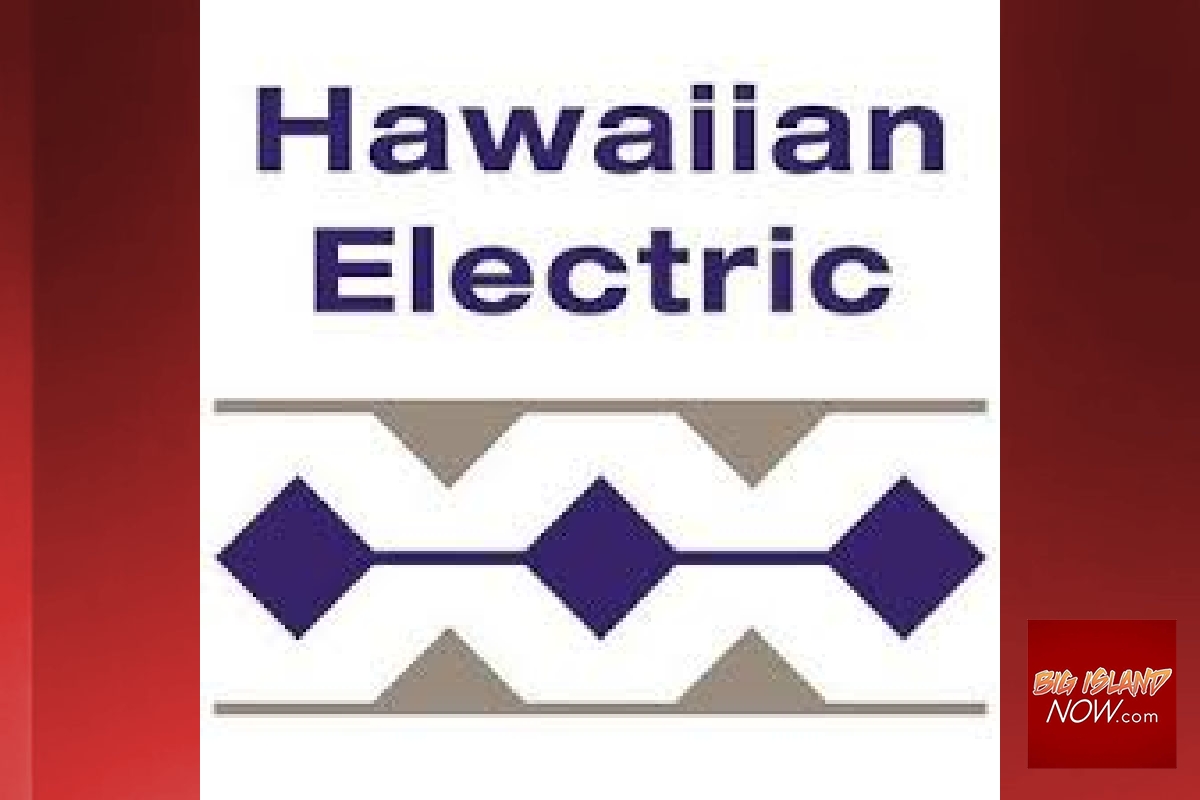HECO Achieves 27% Renewable Mark Despite Loss of Geothermal Due to Kīlauea
Hawaiʿi Electric Light, with the mix of geothermal through May 2018, solar, wind and hydroelectricity, was at 44%, down from 57% in 2017; it would have reached 64% if PGV was online for the full year.
The Hawaiian Electric Companies HECO achieved a consolidated 27% renewable portfolio standard in 2018, even with the loss of Hawaiʿi Island’s geothermal resource for most of the year, following the Kīlauea volcanic eruption.
Despite the loss of geothermal, the companies didn’t lose any ground in the effort to reach 100% renewable energy in 2045. The 2018 consolidated renewable portfolio standard (RPS) remained the same percentage as it was in 2017, at 27%. The consolidated number would have been 29% had Puna Geothermal Venture (PGV) produced at the same level as 2017.
Hawaiian Electric, Maui Electric and Hawaiʿi Electric Light are well on their way to achieving the
next mandated RPS milestone, 30% by 2020, a Feb. 26, 2019, HECO press release said. The 27% RPS is up from just 9% a decade ago. The companies’ annual use of fossil fuels has declined by 88 million gallons over the past 10 years—about 19%.
RPS represents the renewable energy used by customers as a percentage of total utility sales.
Hawaiʿi Electric Light, with the mix of geothermal through May 2018, solar, wind and hydroelectricity, was at 44%, down from 57% in 2017; it would have reached 64% if PGV was online for the full year.
Maui Electric recorded 38%, up from 34% in 2017, and Oʿahu was at 22%, up from 21% the previous year.
The companies also track the peak renewable energy production for the year. These peaks are typically achieved on sunny, windy days when demand for electricity is low and renewable production is high.
The peak on Hawaiʿi Island was reached on April 14, 2018, when 79% of electricity demand was met by renewables. The peak was 80% on Maui on April 14, 2018, and 58% was achieved on May 19, 2018, on Oʿahu.
Two projects—Ku‘ia Solar and South Maui Renewable Resources—came online on Maui last year, the island’s first grid-scale solar arrays.
On Molokaʿi, regulators approved the island’s first large-scale solar-plus-storage renewable project, Molokaʿi New Energy Partners.
On Oʿahu, the 20-megawatt West Loch Solar facility in ʿEwa will come online this year, as will three Clearway Energy solar facilities totaling 110 MW.
Power purchase agreements for seven solar-plus-storage facilities on Hawaiʿi Island, Oʿahu and Maui were filed in 2018 with regulators, laying the foundation for the largest surge in renewable energy in state history.
By 2022, there will be more than 4.4 million solar panels delivering energy to the grid.














